-
 © Tony Baker/Classic & Sports Car
© Tony Baker/Classic & Sports Car -
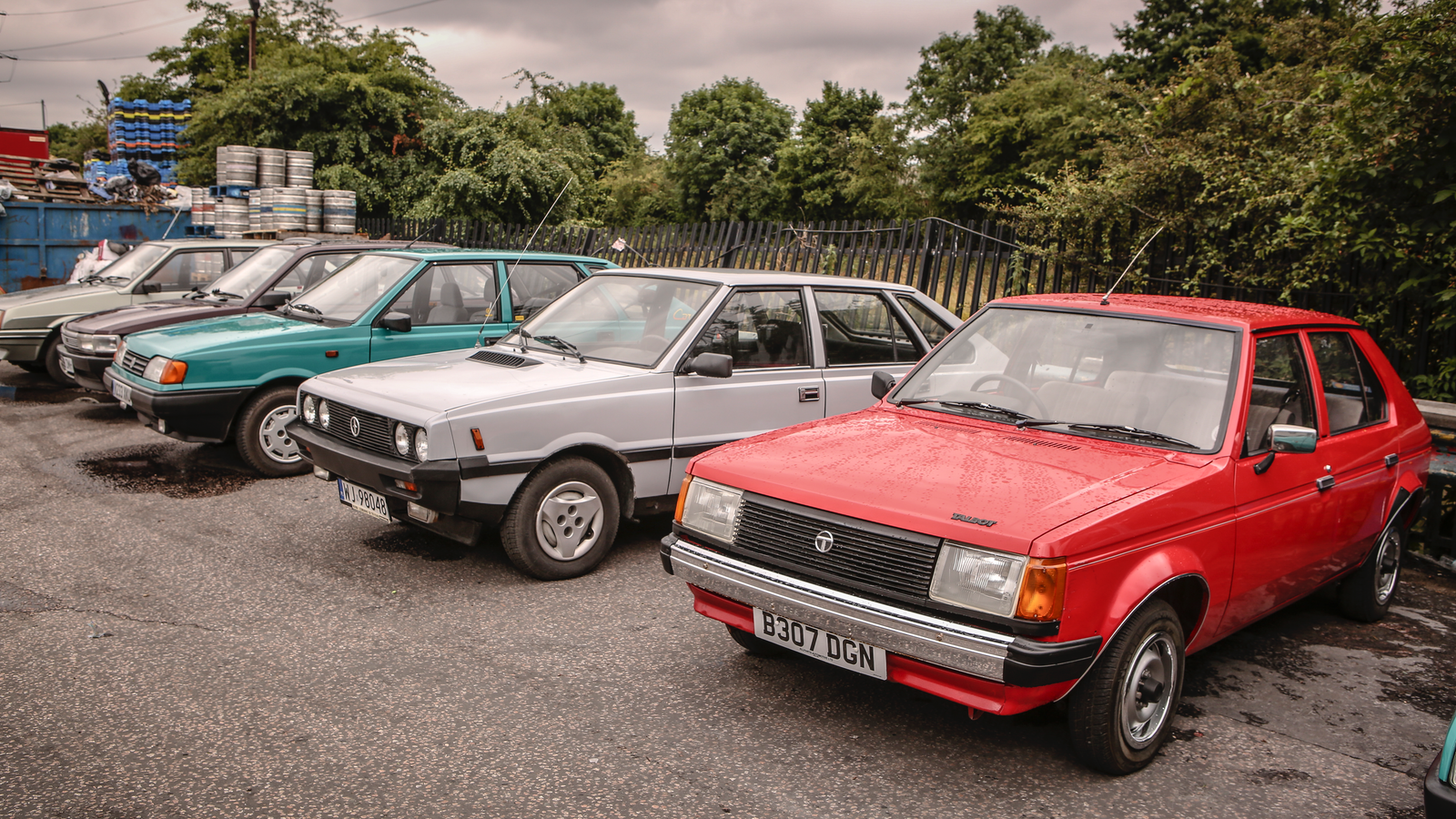 © Tony Baker/Classic & Sports Car
© Tony Baker/Classic & Sports Car -
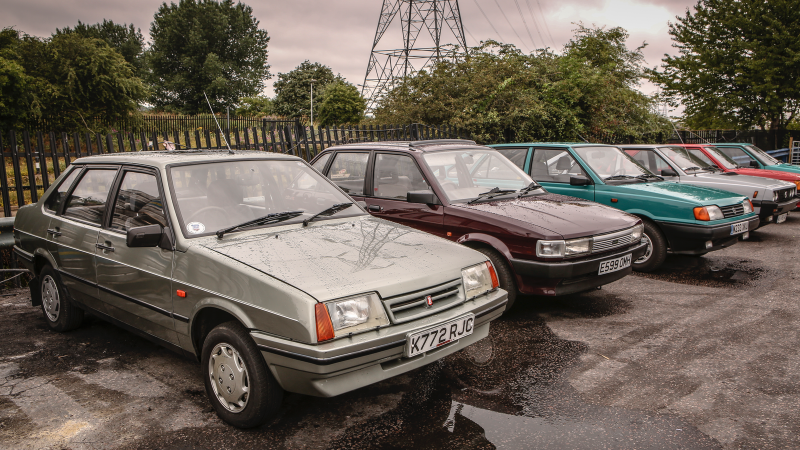 © Tony Baker/Classic & Sports Car
© Tony Baker/Classic & Sports Car -
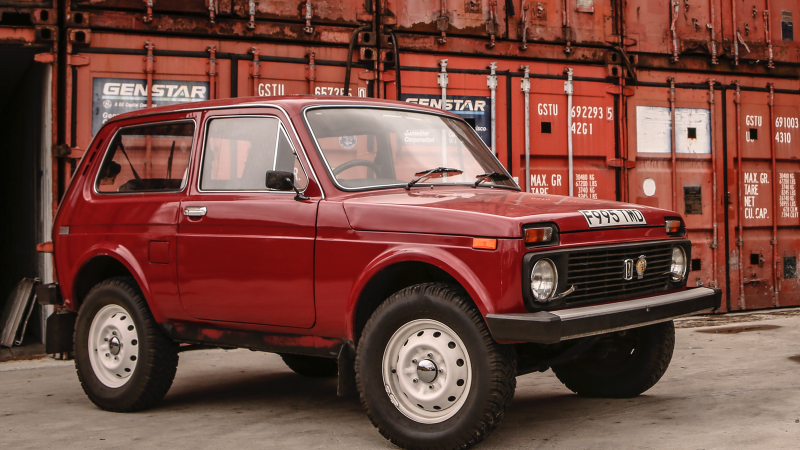 © Tony Baker/Classic & Sports Car
© Tony Baker/Classic & Sports Car -
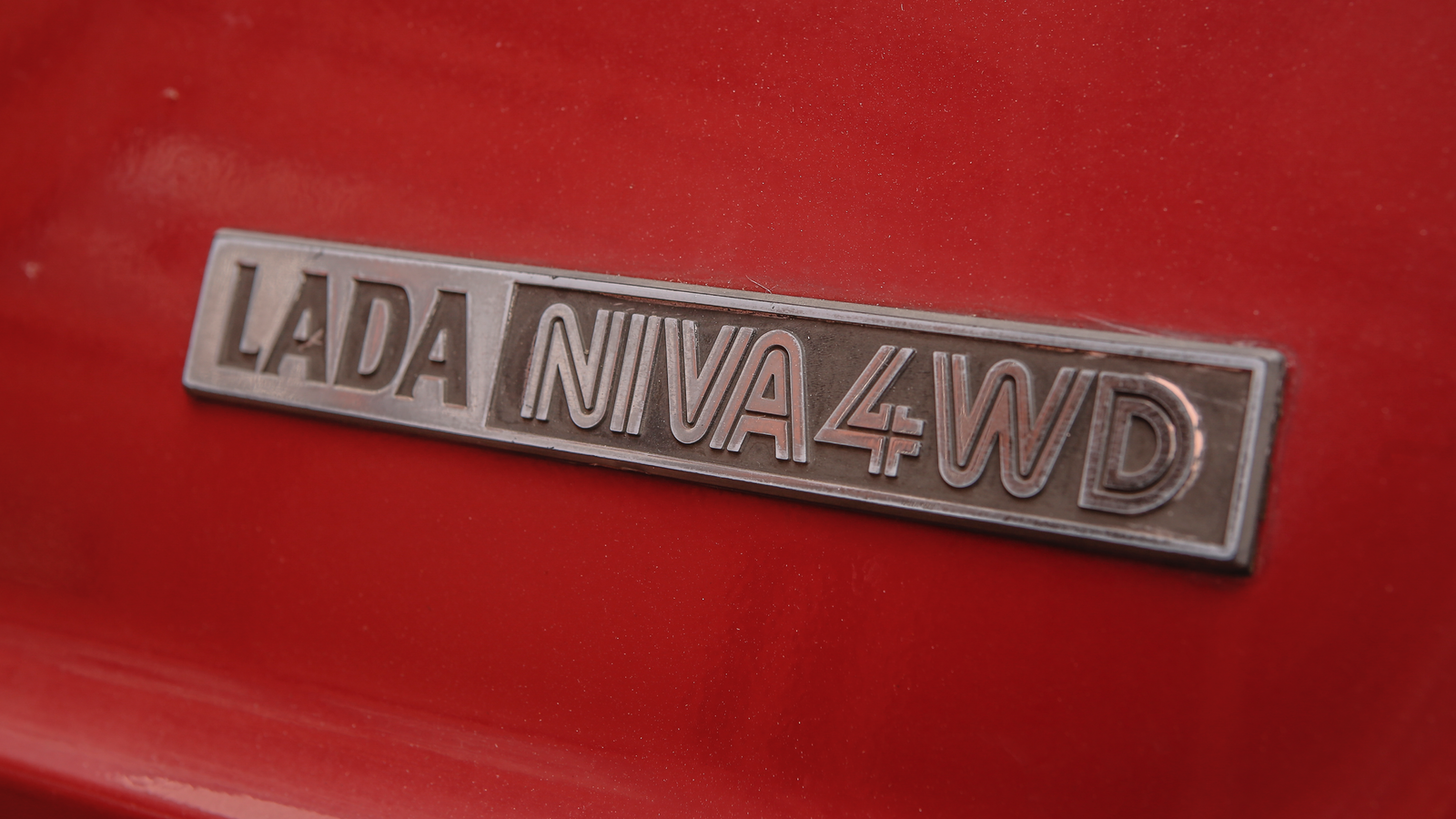 © Tony Baker/Classic & Sports Car
© Tony Baker/Classic & Sports Car -
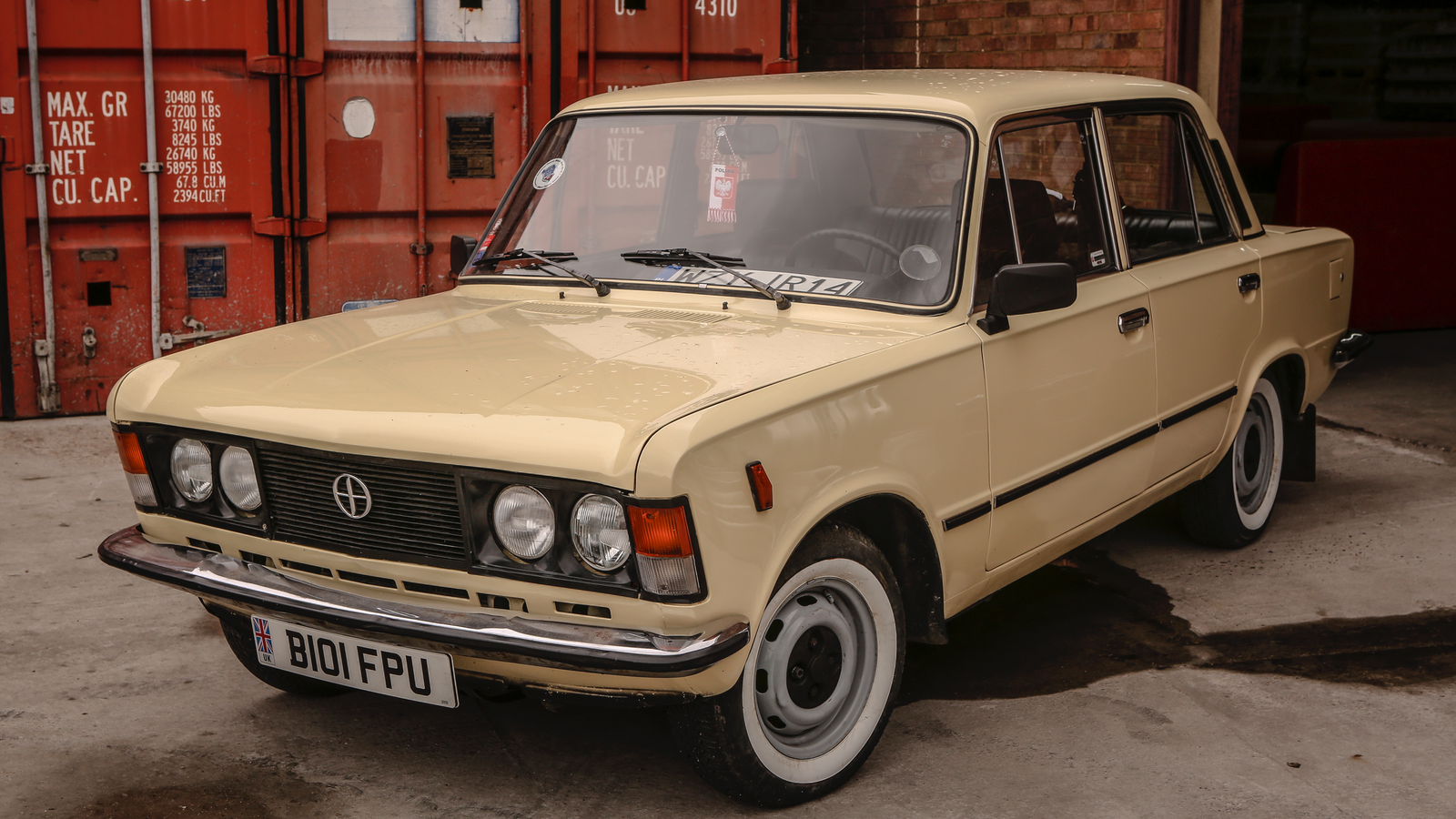 © Tony Baker/Classic & Sports Car
© Tony Baker/Classic & Sports Car -
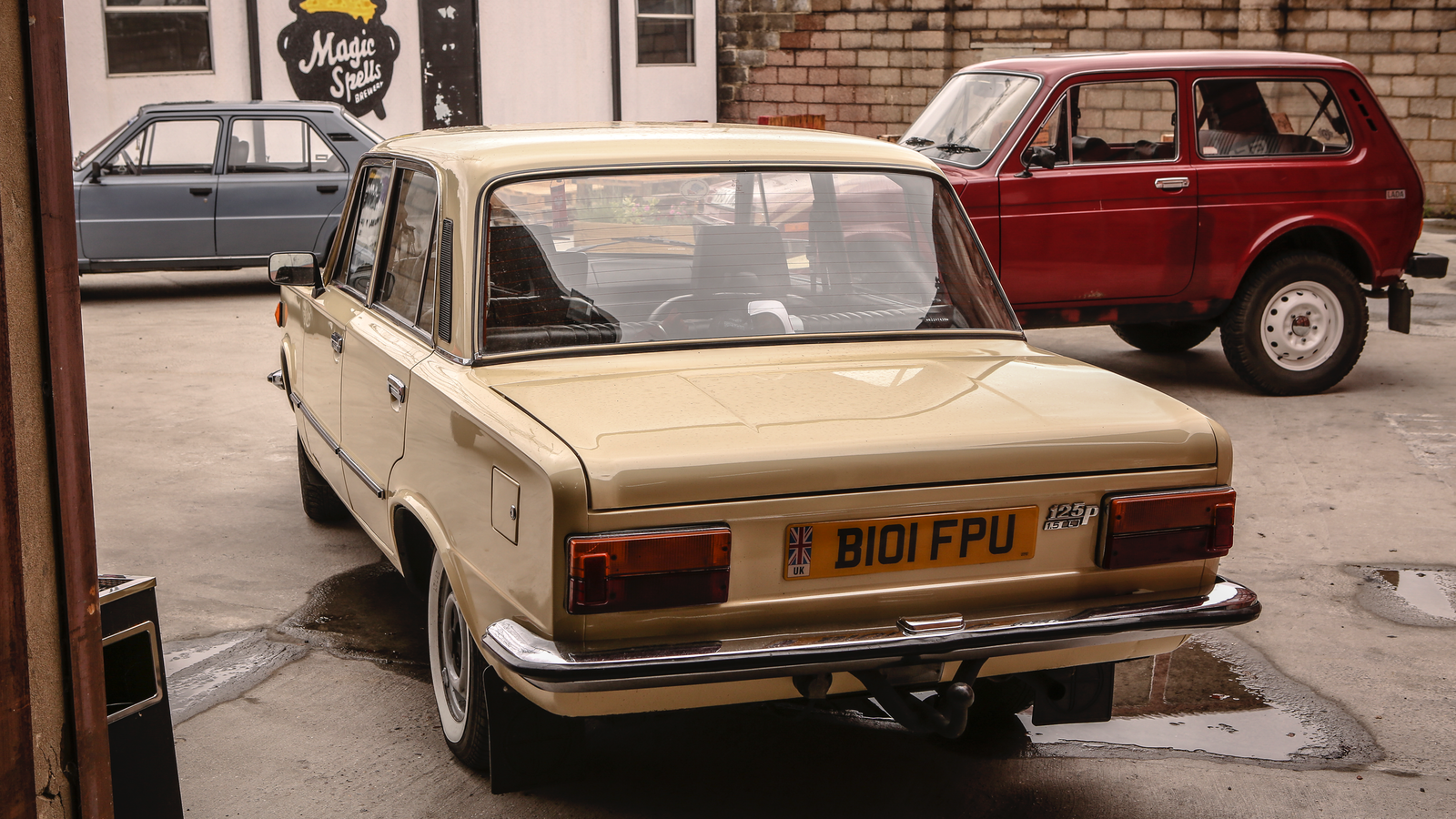 © Tony Baker/Classic & Sports Car
© Tony Baker/Classic & Sports Car -
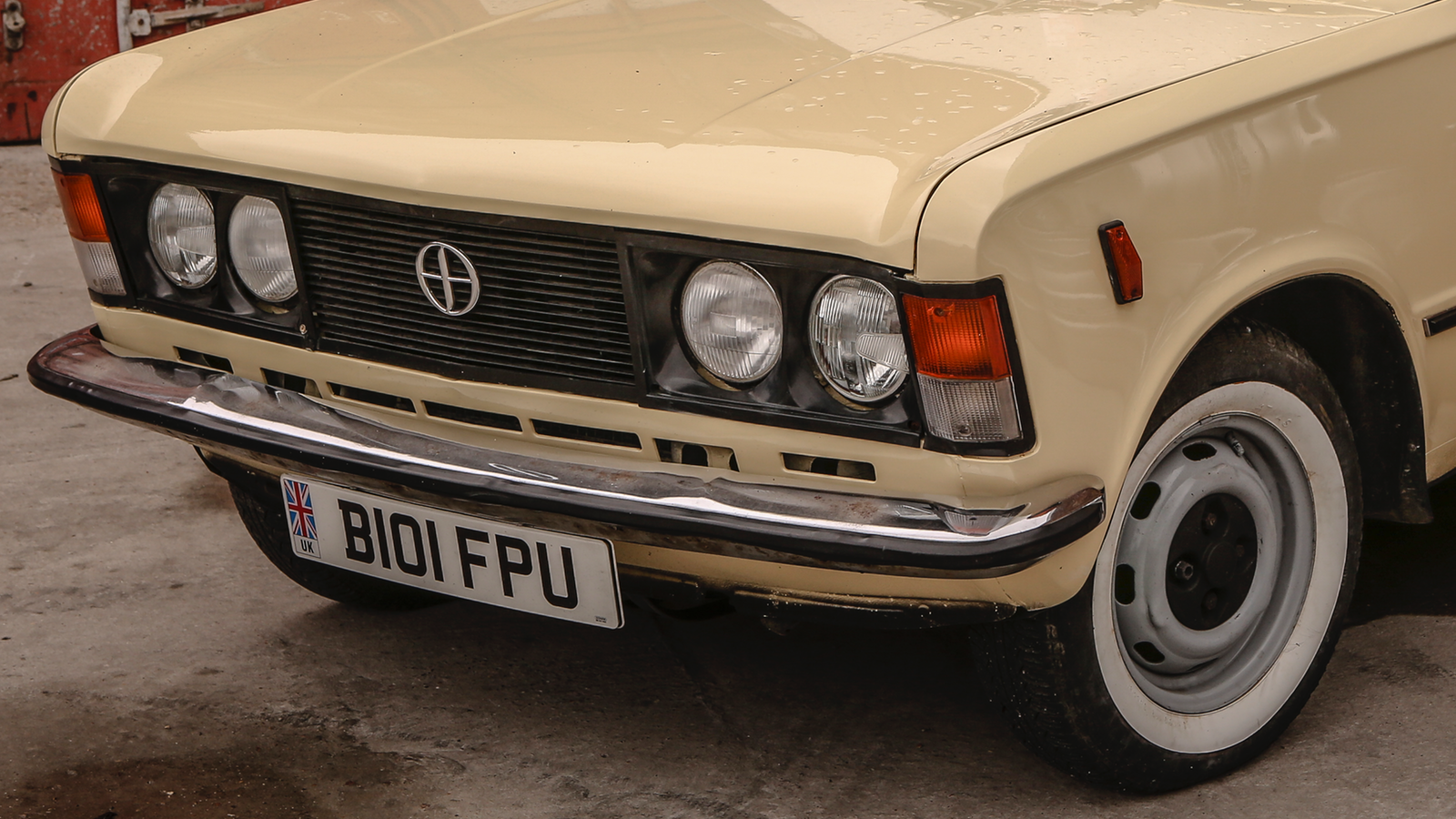 © Tony Baker/Classic & Sports Car
© Tony Baker/Classic & Sports Car -
 © Tony Baker/Classic & Sports Car
© Tony Baker/Classic & Sports Car -
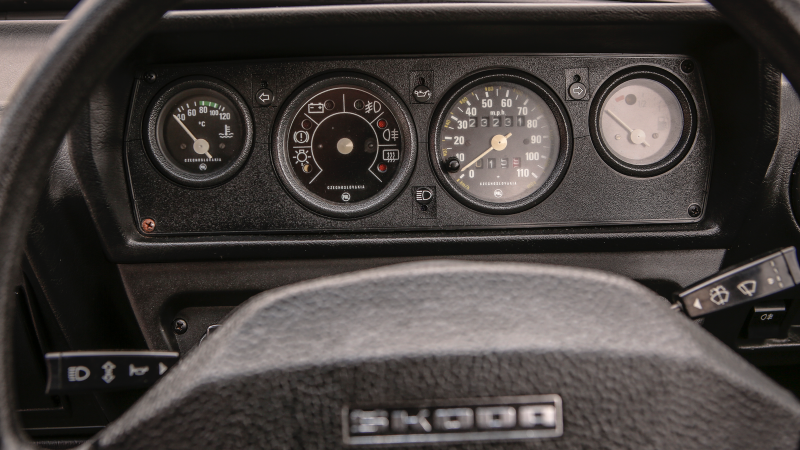 © Tony Baker/Classic & Sports Car
© Tony Baker/Classic & Sports Car -
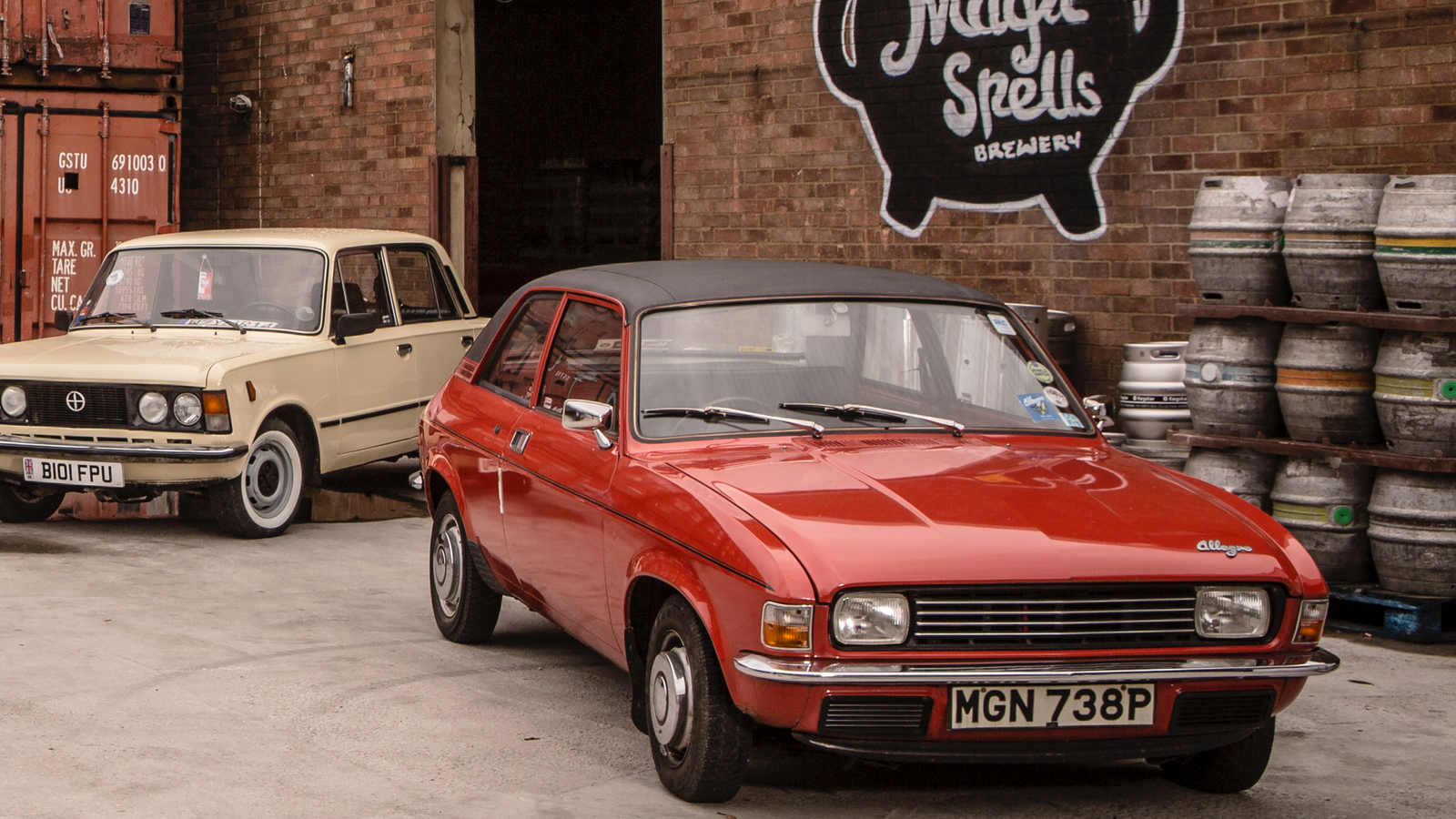 © Tony Baker/Classic & Sports Car
© Tony Baker/Classic & Sports Car -
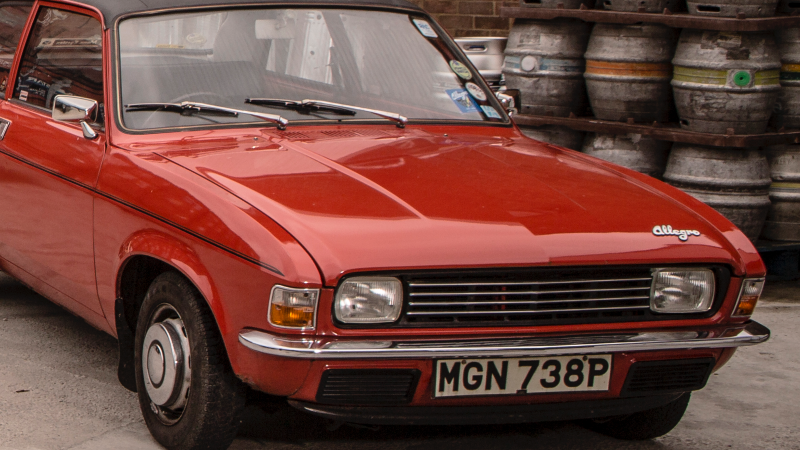 © Tony Baker/Classic & Sports Car
© Tony Baker/Classic & Sports Car -
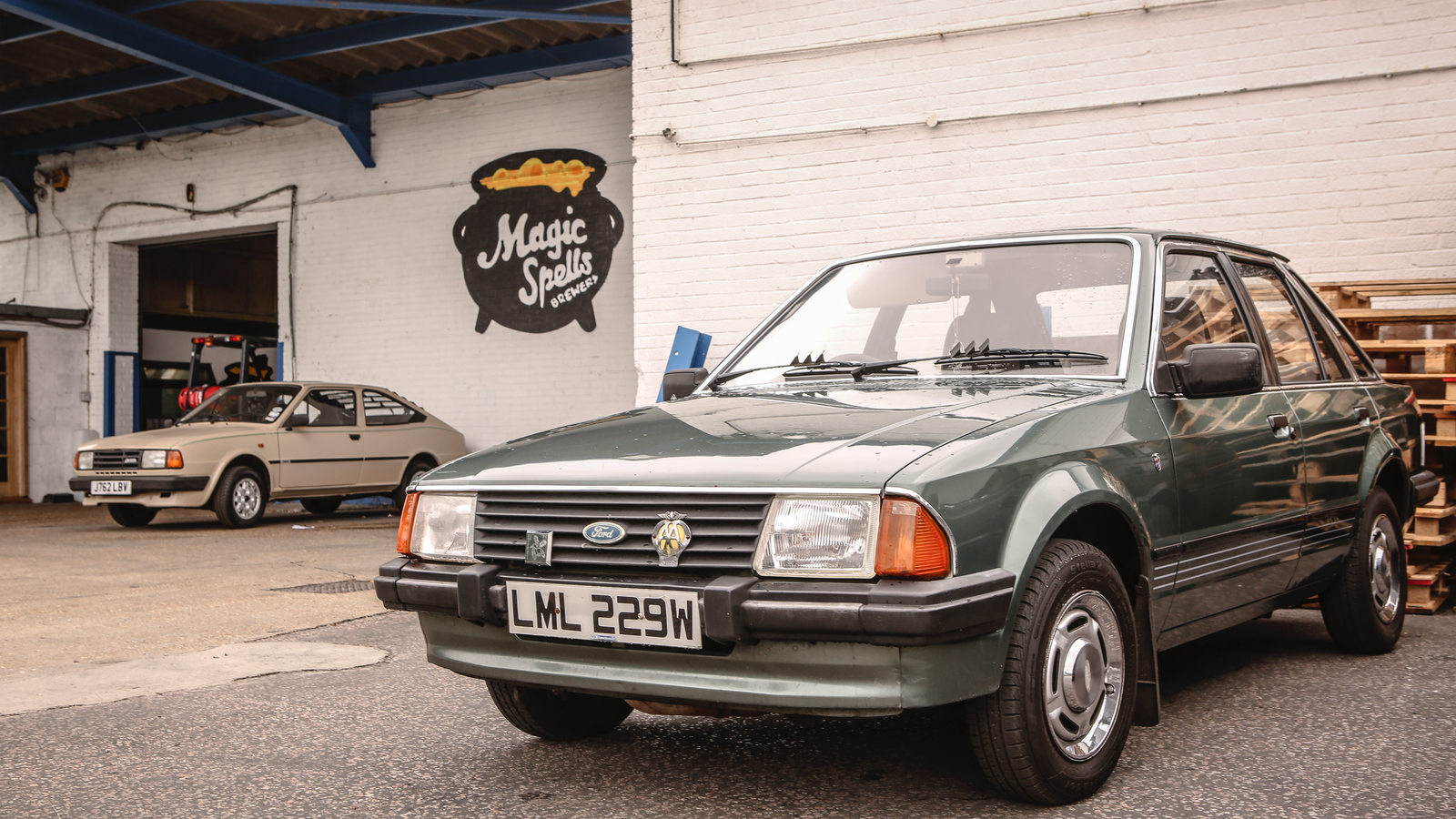 © Tony Baker/Classic & Sports Car
© Tony Baker/Classic & Sports Car -
 © Tony Baker/Classic & Sports Car
© Tony Baker/Classic & Sports Car -
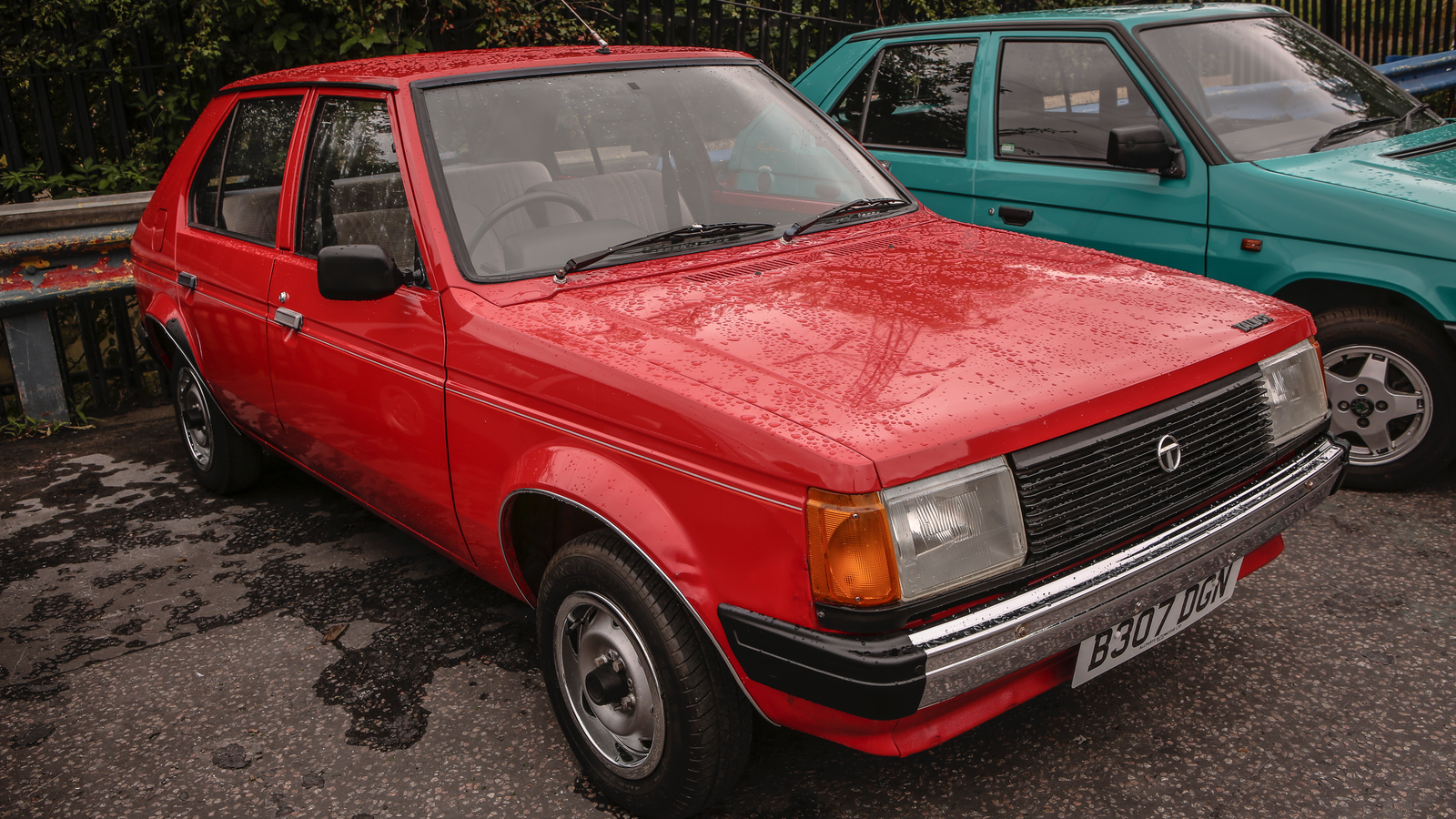 © Tony Baker/Classic & Sports Car
© Tony Baker/Classic & Sports Car -
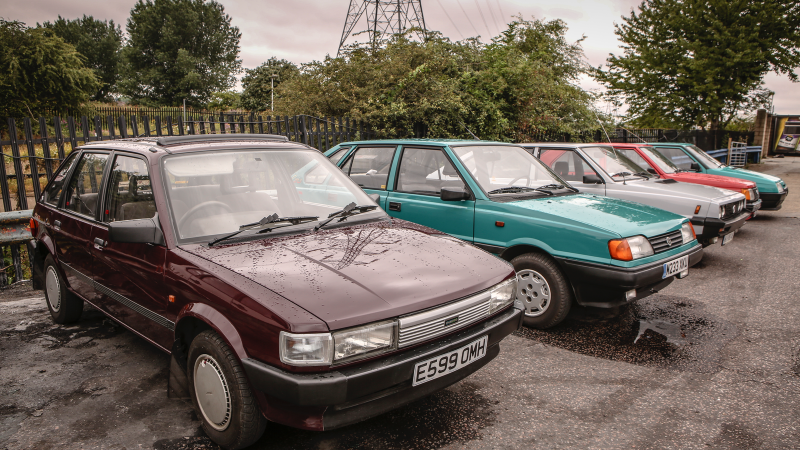 © Tony Baker/Classic & Sports Car
© Tony Baker/Classic & Sports Car -
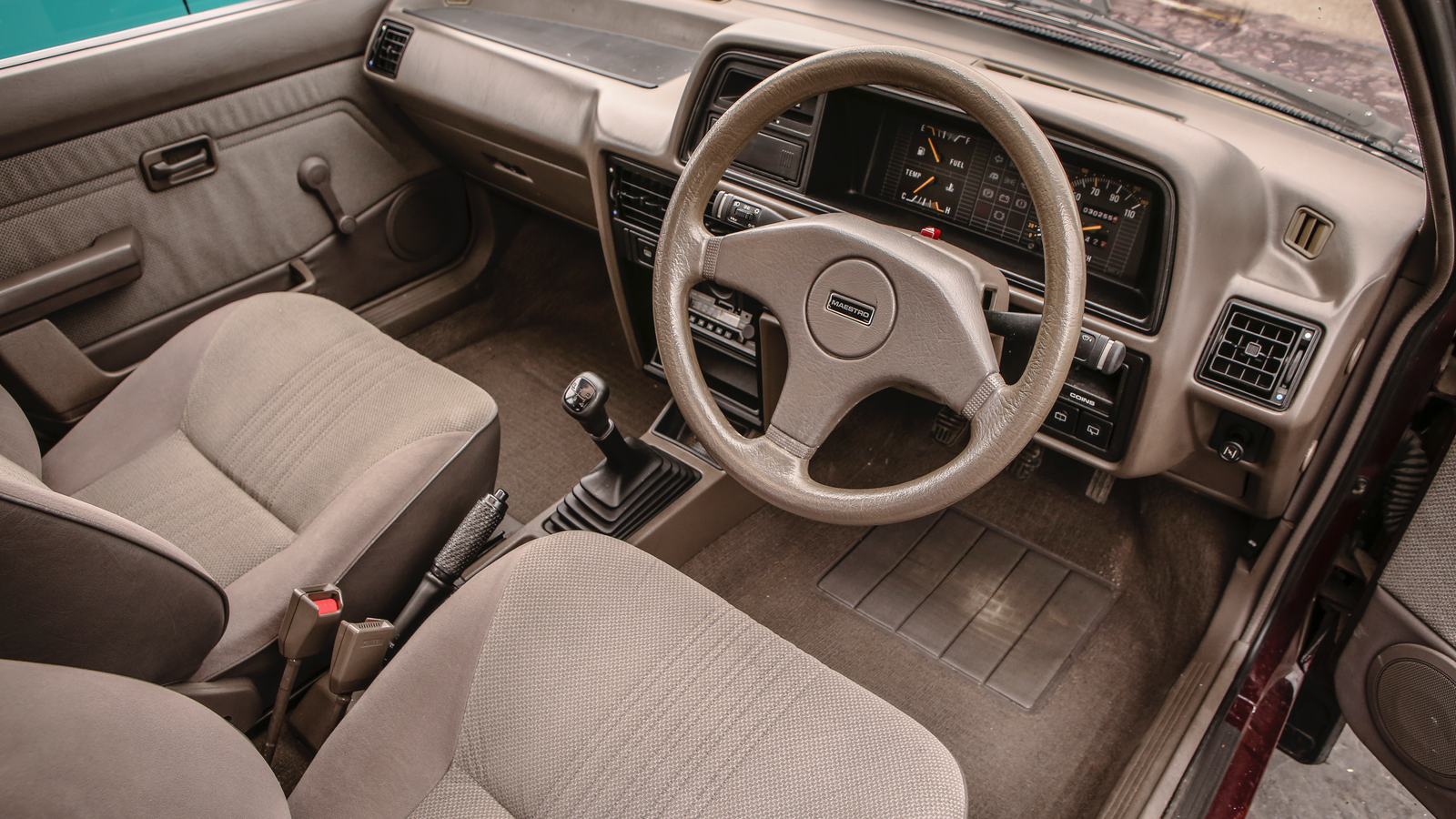 © Tony Baker/Classic & Sports Car
© Tony Baker/Classic & Sports Car -
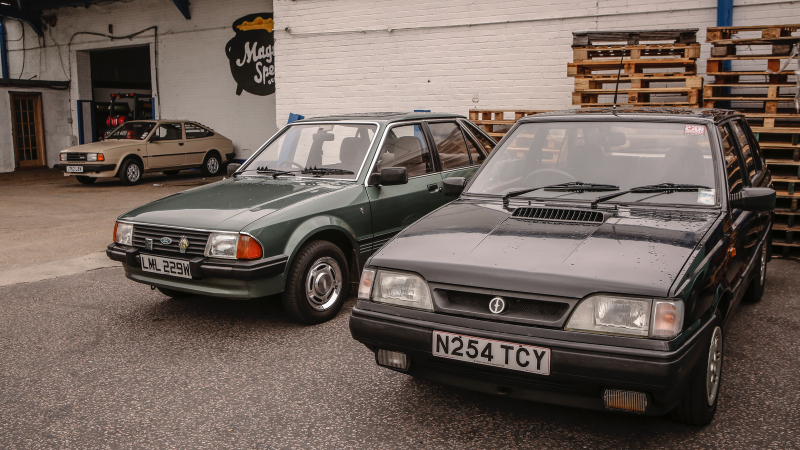 © Tony Baker/Classic & Sports Car
© Tony Baker/Classic & Sports Car -
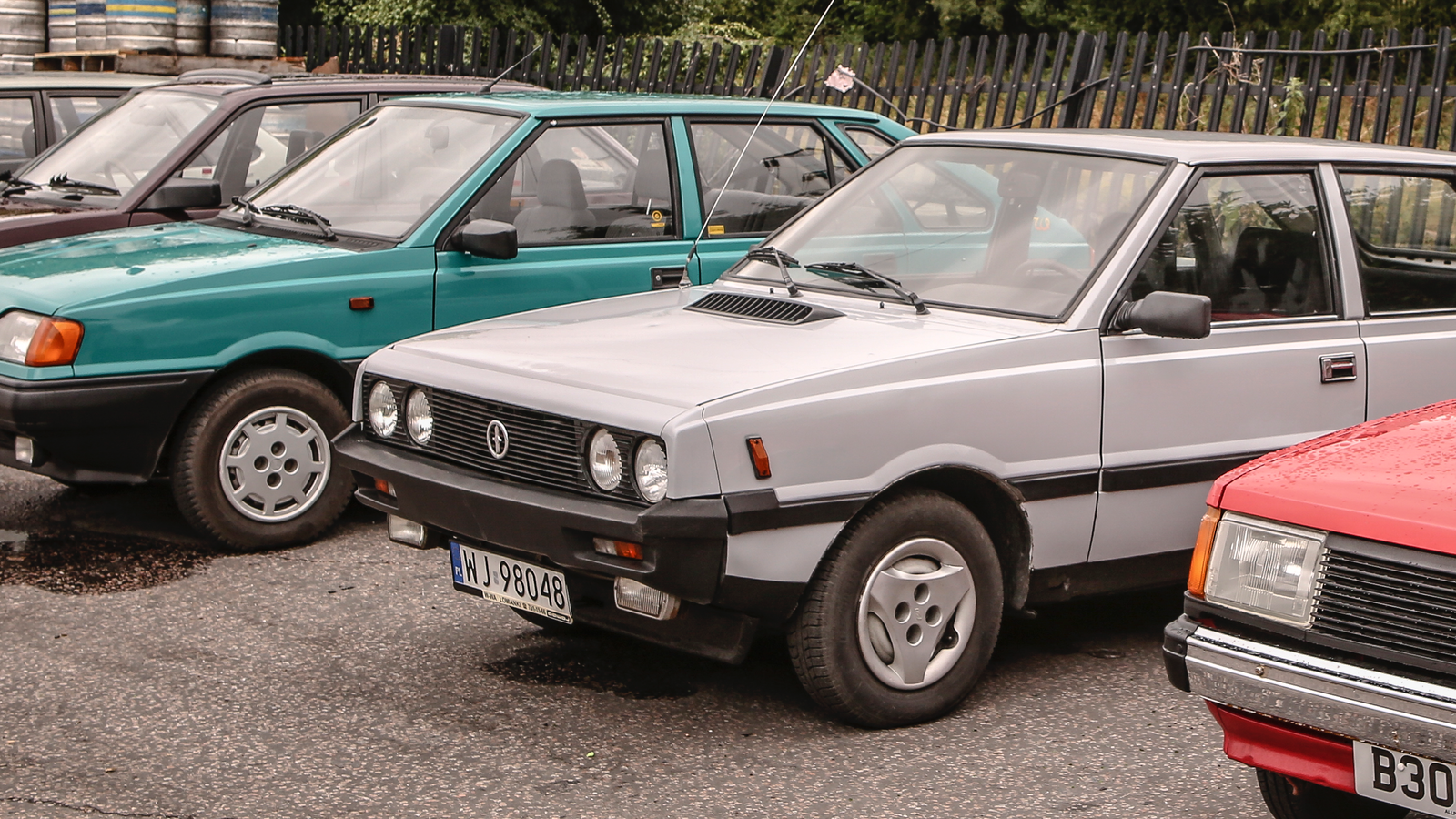 © Tony Baker/Classic & Sports Car
© Tony Baker/Classic & Sports Car -
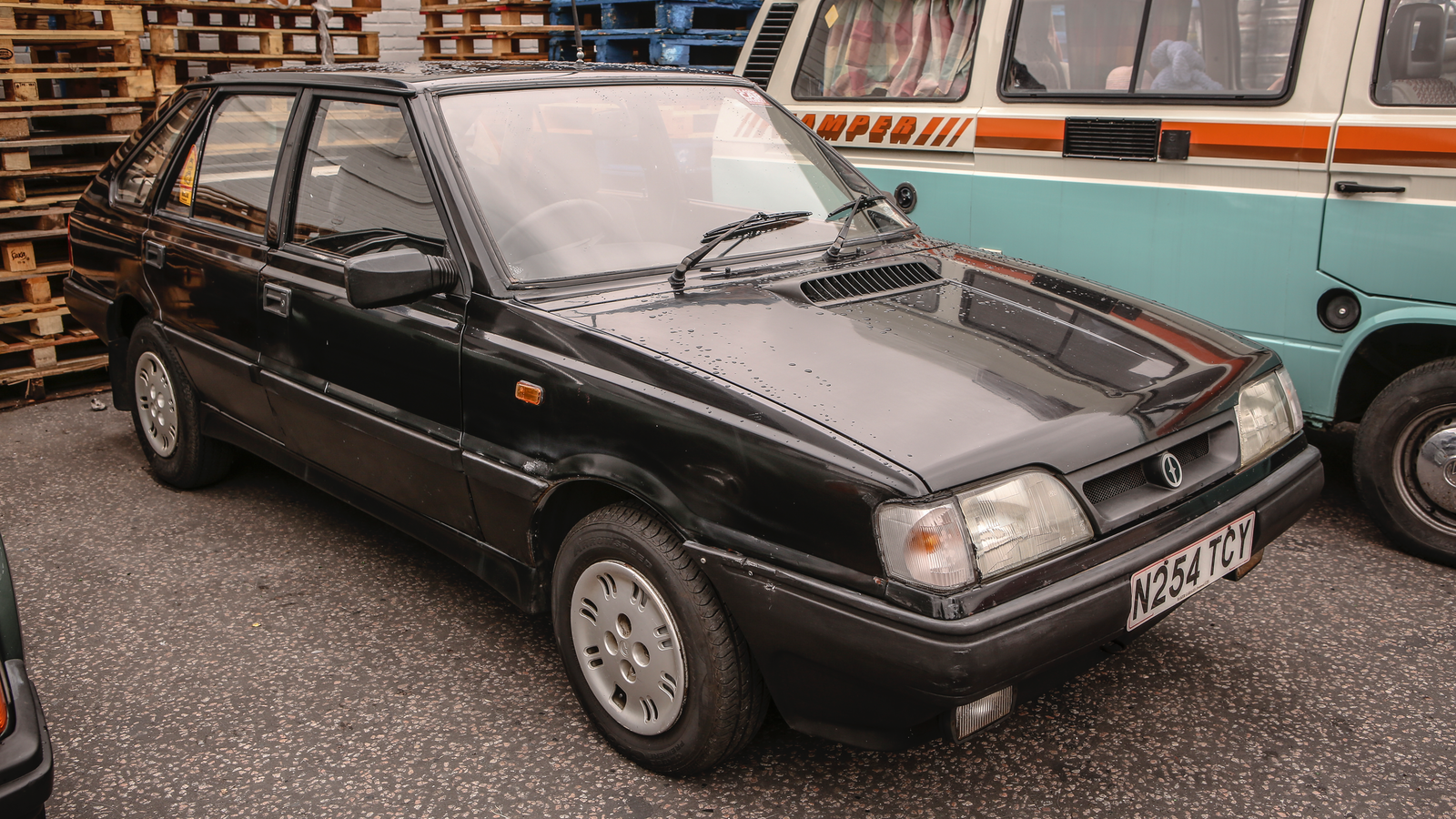 © Tony Baker/Classic & Sports Car
© Tony Baker/Classic & Sports Car -
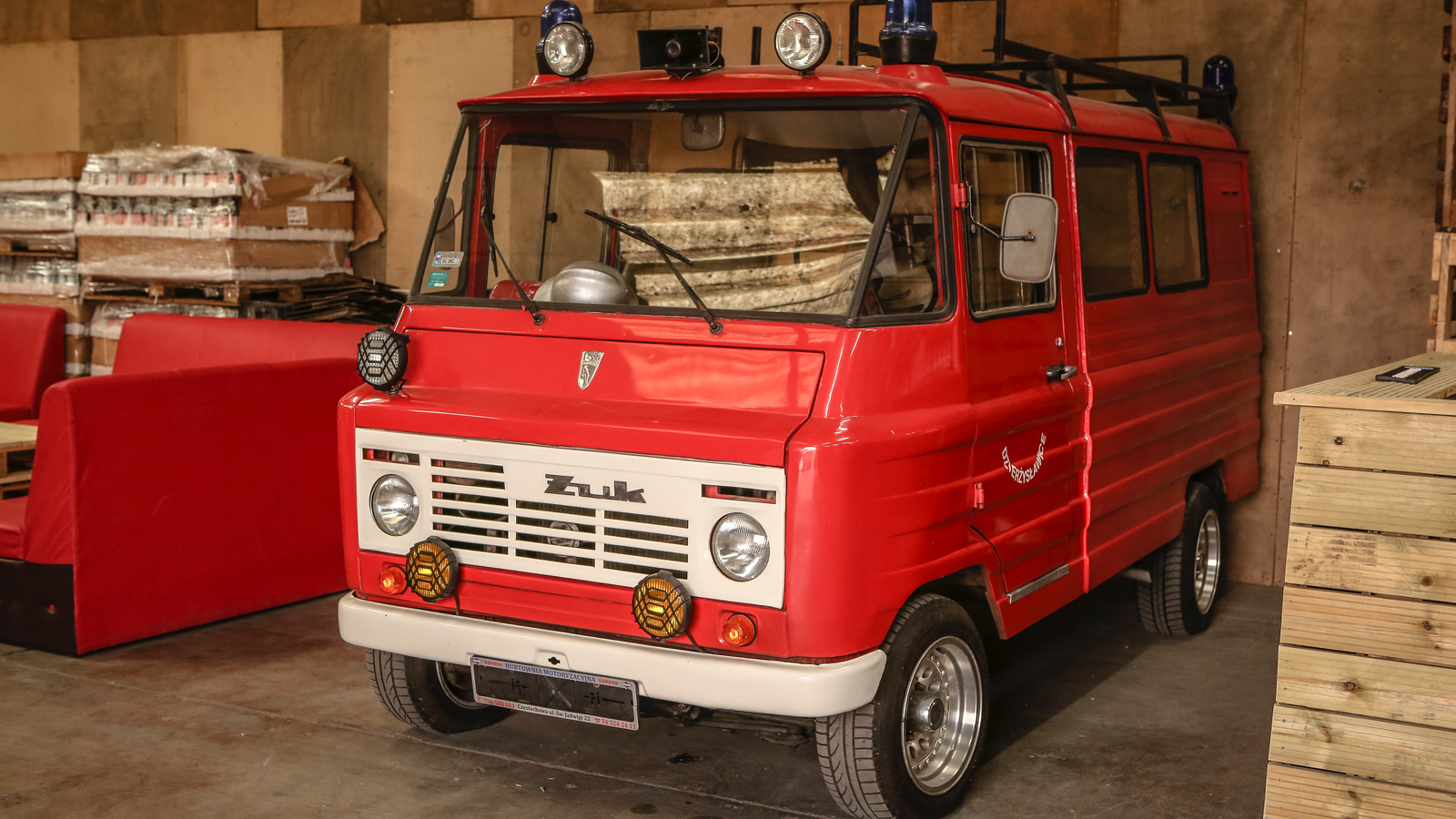 © Tony Baker/Classic & Sports Car
© Tony Baker/Classic & Sports Car -
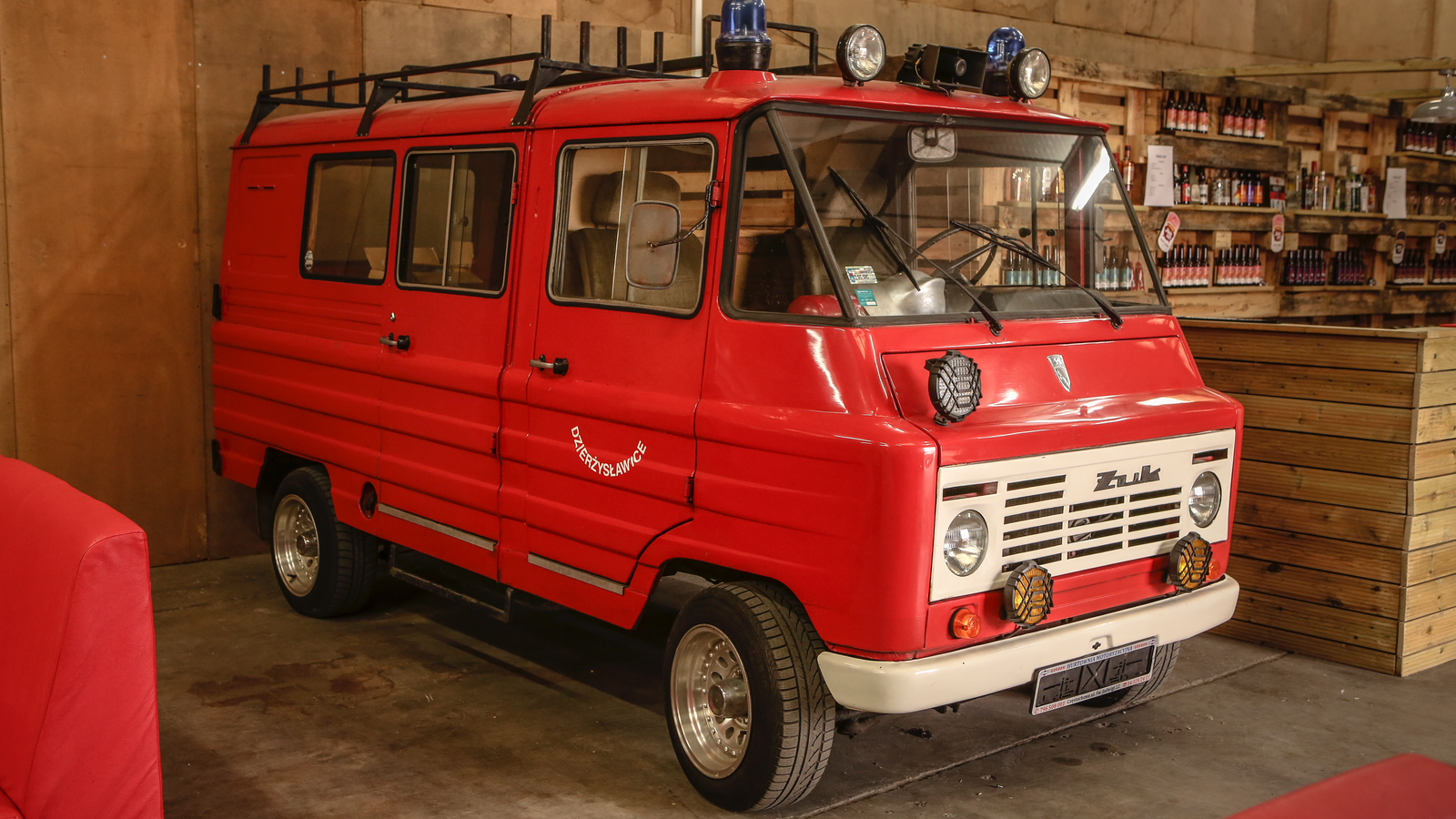 © Tony Baker/Classic & Sports Car
© Tony Baker/Classic & Sports Car -
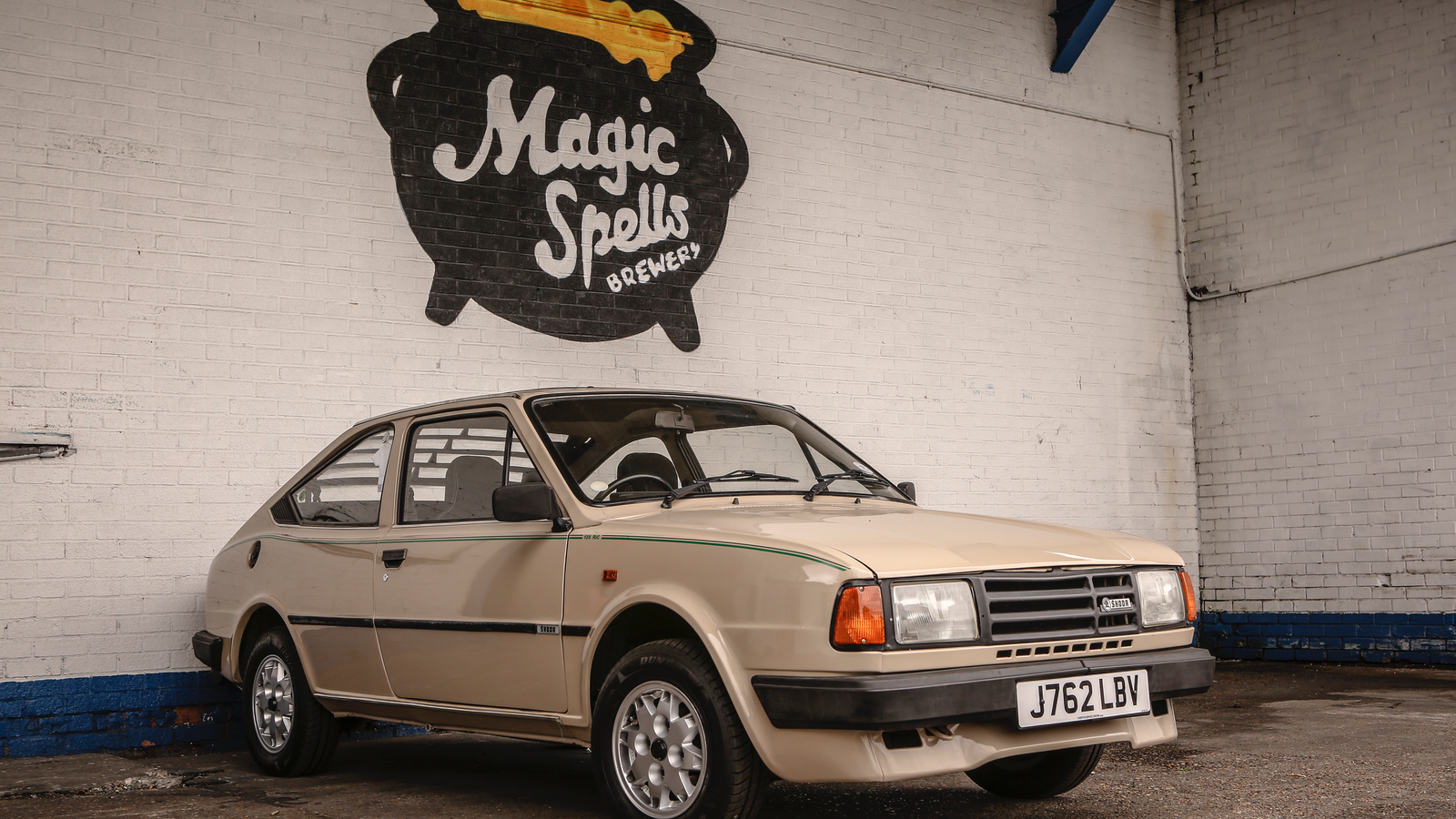 © Tony Baker/Classic & Sports Car
© Tony Baker/Classic & Sports Car -
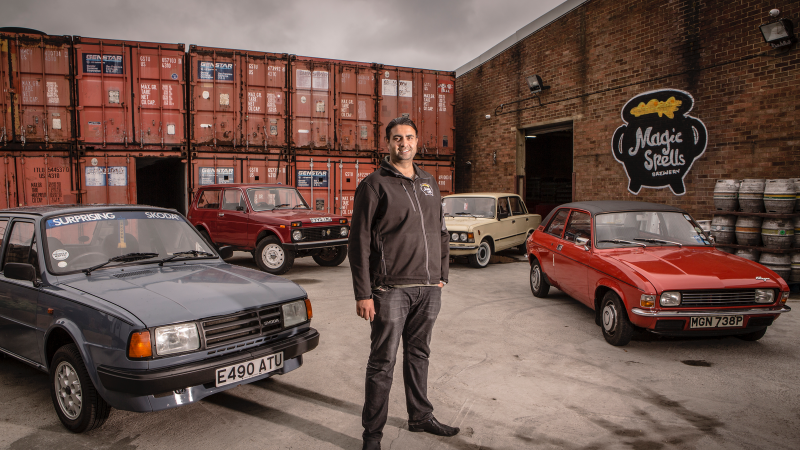 © Tony Baker/Classic & Sports Car
© Tony Baker/Classic & Sports Car
-
One eclectic haul of eastern machines
At first sight, you might think you’ve wandered on to the set of Minder circa 1988, with the plot of this week’s episode concerning how Arthur has acquired a job-lot of cars from behind the Iron Curtain.
In reality, the location is the Magic Spells Brewery in east London and the various marques represent the eclectic collection of proprietor Jas Hare.
Among the ranks of machines – from the Cold War era and later – are FSOs, Ladas, Škodas and more, although the odd western European badge does lurk among them.
Who is Hare? And why did he start collecting Eastern Bloc motors? Here’s the whole story.
-
It all starts with Škoda
‘‘It all started five or six years ago in a moment of madness,” says Hare, who was then contemplating the purchase of a BMW 2002.
In the end, he bought a red Škoda 120 LSE “on a whim”, which both fuelled a passion for the marque and inspired his gradual acquisition of a highly varied group of Soviet-era machines.
-
Ruthless leader
That first Škoda eventually found a new home because, says Hare: “I need to have annual ‘purges’ of my collection just to keep a sense of balance, although what you see here is only a part of my fleet.”
-
Lada on call
The vehicles are currently maintained by Jas and Dino Karaoli – “friend, fellow enthusiast and expert motor mechanic” – with a right-hand-drive, UK-specification Lada Niva serving as both daily driver and works transport for the brewery, which produces craft beer.
“It’s useful for lugging items such as beer crates around, and it’s mega reliable!”
-
Who needs a Landie?
As you’d expect from an off-roader that was designed to cope with the tough terrain of the Caucasus Mountains, it’s not bothered by rain, snow or pretty much any other weather conditions.
While the absence of power steering doesn’t make town driving easy, Hare can’t speak highly enough of his Lada as an everyday vehicle. He even finds it more comfortable than a Land-Rover Defender: “There’s more elbow room inside.”
-
Decade decoy
Adjacent to the Niva is a four-door saloon which feels like a child of the ’60s, but is in fact a mid-’80s model. The FSO 125p was never much concerned with the whims of fashion.
Production of the boxy wagon – derived from a Fiat 125 – commenced in 1967 and the cuboid appearance remained until manufacture ceased in 1991.
-
Polish import
Hare’s 125p was sourced from Poland four years ago: “It was a surprise gift from my lady – I found the car parked in the driveway, wrapped in a bow.”
Since then, Karaoli “really went to town” on the FSO and today it looks to be in showroom condition.
-
Rust-free machine
“There is not an iota of rust on it,” says Hare. “When it is displayed at shows, people often ask me if it’s a Lada, but I’m now getting used to that because so few people would have experienced a 125p.”
Seeing the beige-coloured FSO makes the days when a new ‘Polski-Fiat’ was one of cheapest cars on the British market seem impossibly distant.
-
Czech collection
Naturally, a Škoda also takes pride of place.
They've always been a passion of Hare’s and he has especially high regard for the fuel-injected Rapid 135 RiC, while a handsome 120 LS saloon has been part of the menagerie since 2015.
-
Still going strong
“Compared to other Eastern Bloc cars of that era they feel more refined,” he enthuses.
Although Škodas of the late 1970s and early ’80s were prone to gasket maladies and overheating issues, there have been no real problems with this blue saloon and Hare confirms that it is better to drive than many of its contemporaries.
-
Blast from the past
Meanwhile, the fourth member of the central quartet is the sort of car that was once as common a sight on the high street as the fish and chip shop and disastrous fashion sense: a Series 1 Austin Allegro 1100 two-door.
-
Painstaking restoration
Hare bought the Allegro two years ago and it proved quite a pain to restore, not least because of the Hydragas suspension – and the difficulty in finding parts for what is now a rare car.
It took many months to source the correct components, but Hare’s efforts were not in vain: virtually every detail of the Austin, from the functional upholstery to the sparse fascia and vinyl roof, now evokes instant nostalgia for the era.
-
Exclusive Escort
The Allegro is a prime example of the many cars in Hare’s collection that were once ubiquitous but are now, to quote their owner, “more exclusive than a Bugatti Veyron!”
Another is an immaculate five-door Ford Escort MkIII. This vehicle joined the fleet in 2016 and it is now an object of fascination, reminding the observer of the how genuinely radical the third-generation Escort appeared upon its debut in late 1980.
-
Ghia turning heads
This particular Ghia continues to make an impression, and whenever Hare takes it for a spin the reaction from pedestrians and other road users is fantastic.
“I live in Essex, where virtually everybody loves old Fords,” he says.
-
What's on the horizon?
A further throwback to the decade that brought us the Filofax and brick-sized mobile phones is Hare’s Talbot Horizon.
Few examples of 1979’s Car of The Year now exist, especially the entry-level 1.1 LE.
-
'80s runaround
Continuing the theme of reasonably priced family cars of the 1980s is an E-reg Maestro City. “I bought it three years ago,” says Hare, “and it’s one of my best cars in terms of condition; it’s almost as-new.”
-
Top-spec temptation
Indeed, the Maestro would be a perfect fit at an Austin-Rover dealership circa 1988, tempting the potential owner with its ‘Marle cloth reclining seats’ and ‘push-button radio with two speakers’.
-
Spacious transport for the masses
Hare owns an array of offerings from the FSO marque – austere, utilitarian machines that once offered bargain transport for the motorist who needed space for five, but whose budget ran only to a Mini 850.
-
Ageing well
Time has been kind to the distinctive lines of the Polonez, which now looks quirky as opposed to awkward, and in its heyday this model offered a high level of standard equipment.
-
Two one-of-a-kinds
An even more exclusive sight is the Caros – Hare’s example is probably one of the best to be found in the UK. The black GLD, meanwhile, is believed to be the only 1.9-litre Peugeot diesel-engined model that is still roadworthy.
-
Żuk out of nowhere
Finally, inside the brewery, is a vehicle that looks positively surreal in its surroundings: a fully equipped FSC Żuk fire engine that was “another present”.
For those unfamiliar with this splendid machine, the Żuk (or ‘Beetle’) was built by Fabryka Samochodów Ciężarowych in Lublin and dominated Poland’s light-commercial market for four decades.
-
All for show
Hare’s example served in the district of Poznań. “I think the top speed is in the region of 50mph,” he says, “but its main role now is to sound its siren at the end of events at the brewery.”
-
Days of Lada past
This brief encounter is a reminder of the days when Ladas were the mainstay of provincial minicab operators, and FSOs could be seen laden with suitcases for coastal holidays.
-
Laudable effort
That era is now long past but, thanks to enthusiasts such as Hare, an important chapter in the story of European mass-motoring has been preserved.
